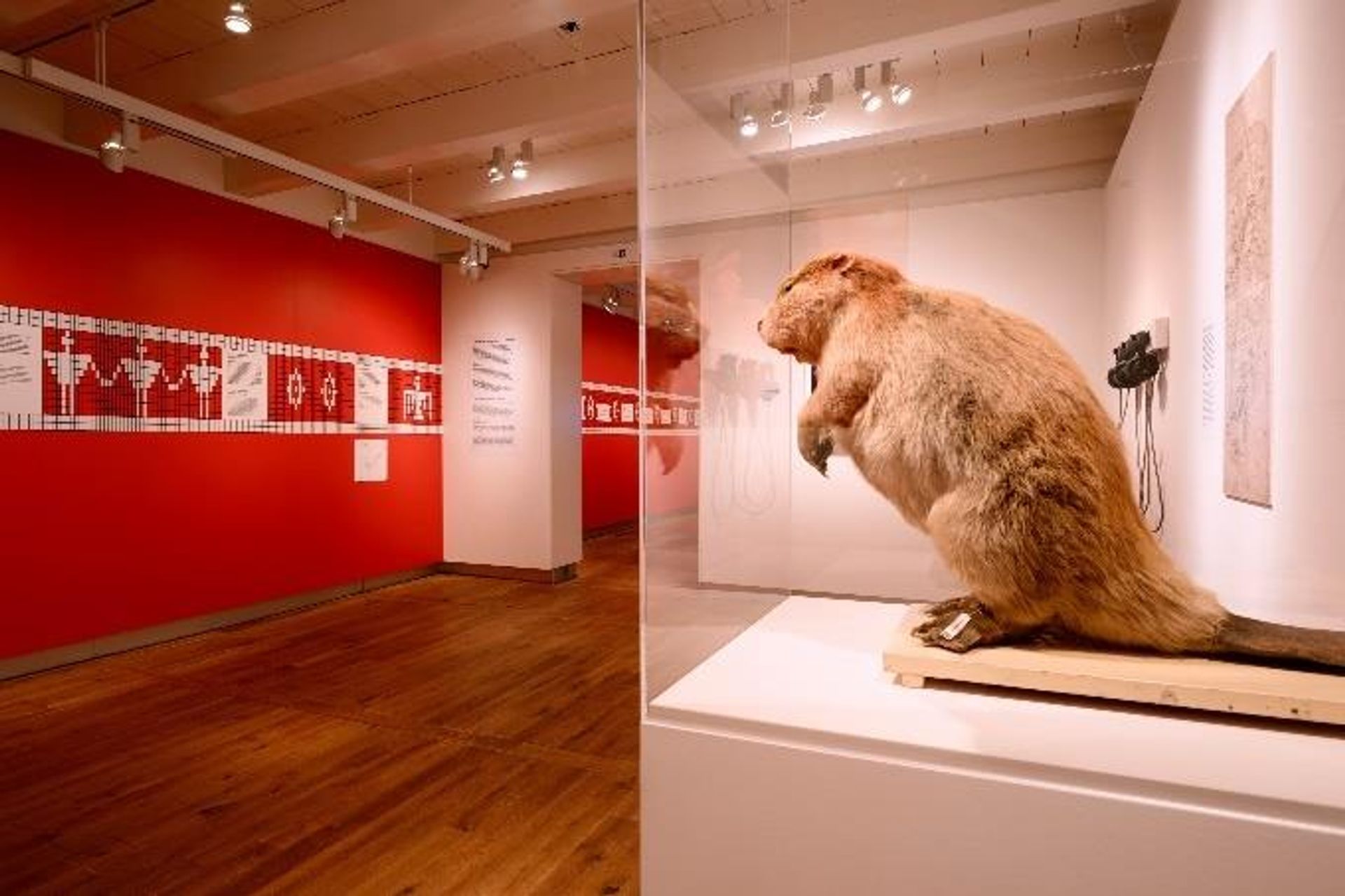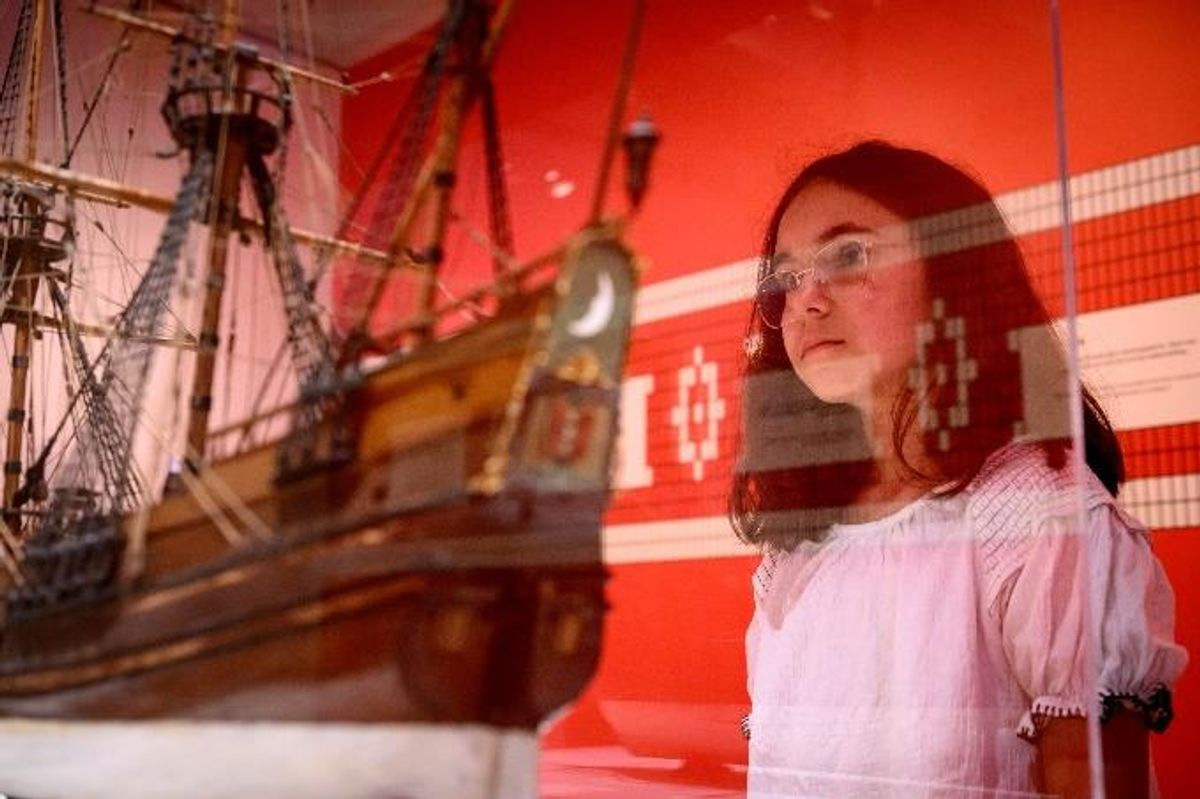When curators from the Amsterdam Museum in the Netherlands approached descendants of the Indigenous people of Manhattan about an exhibition, they were wary. “They were like: ‘Yeah, the Dutch are coming again. What do they want now?’” recalls Imara Limon, the show's curator. “We really had to align our intentions to get to know each other.”
The intention of the Amsterdam Museum, in collaboration with the Museum of the City of New York, was to mark the 400th year after Dutch settlers established a colony at the mouth of the Hudson River with the first exhibition to talk about what is now New York from an Indigenous perspective.
Manahahtáanung or New Amsterdam? The Indigenous Story Behind New York is at the Amsterdam Museum until 10 November and travels to New York next year. Key to the show is a collaboration with representatives from the Lenape people, four nations of Native Americans who fished, hunted beavers and lived on land “bought” and then fought over by the Dutch and eventually taken over by the English in 1667.

The exhibition marks 400 years since the Dutch arrived in America to establish a colony at the mouth of the Hudson River
© Photo: Mike Bink
“Indigenous voices are central to this project,” Limon says. “It’s not a historical exhibition where we take you through the history from A to Z to today and the future. We know how to do this, objects in space, telling a story, taking from historians and books, but how can we tell a story that has such different perspectives in all these spaces? We combine museum objects with storytelling and contemporary art, enabling historical perspectives, contemporary views and imaginations for a different future.”
It is an exhibition that certainly tries to go beyond throwing a few exotic curios and maps in a room: upon entering, visitors are shown a 50-minute video with Chief Urie Ridgeway, the leader of the Nanticoke Lenape Nation, talking about violence, exploitation and the “cultural erasure” of his people. Extensive video material, vital for this oral culture, includes Lenape descendents explaining their way of life, creation stories and words from their language as well as the legacy of European disease and war that scattered them to ten communities across the US and Canada.
Using Dutch archival material too, the show casts some doubt on the treaty by which the Dutch settled Manhattan (Manahahtáanung, meaning “place of the hickories”) for 60 guilders, the price of a contemporary canal house, described in a 1626 letter by merchant Pieter Schaghen. One room points out that the Lenape people did not see nature as something that could be owned.
But the intention of this exhibition is to be the start of a wider discussion about shared Dutch and American history: it includes a special “Wampum” belt made of shell beads, symbolising the cooperation of the two museums and these communities.
“Our overall collective eventually will want to see an apology to the Lenape people,” says one contributor, Brent Stonefish, from the Eelūnaapéewi Lahkéewiit (Delaware Nation) community in Ontario, Canada. “Because we’ve lost a lot. The majority of our story has been told by Shouwunnok, by non-Lenape people. That’s why this exhibit was so important to us: we want to hear more, multiple voices of our people telling our story.”


